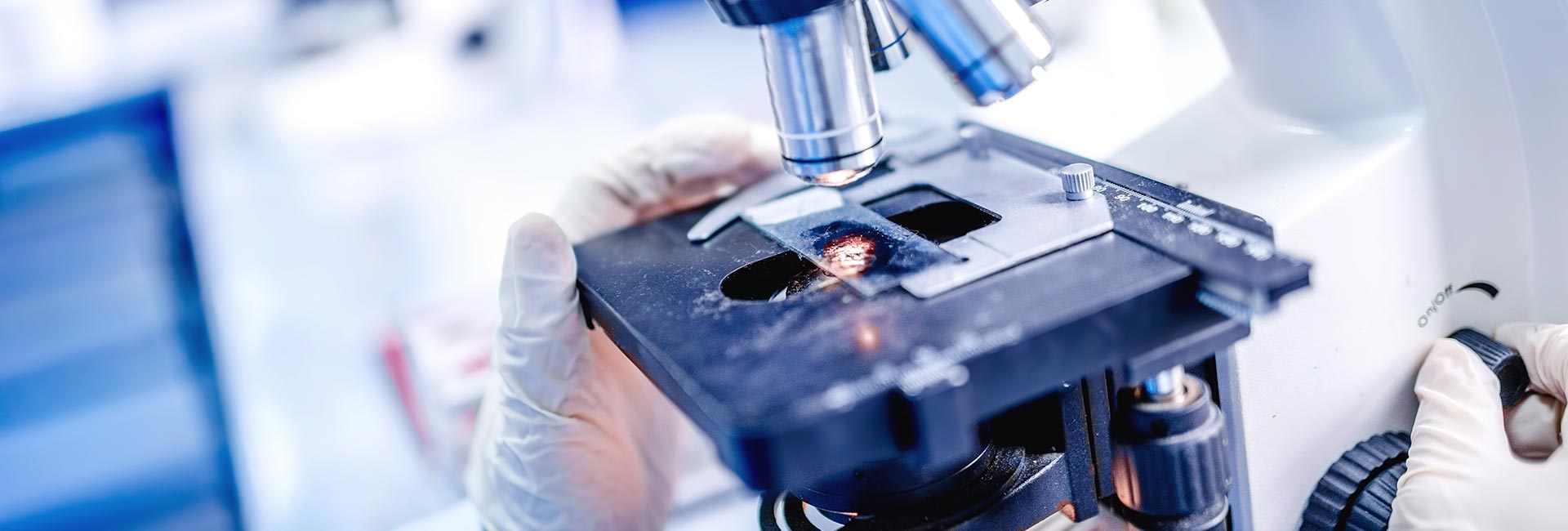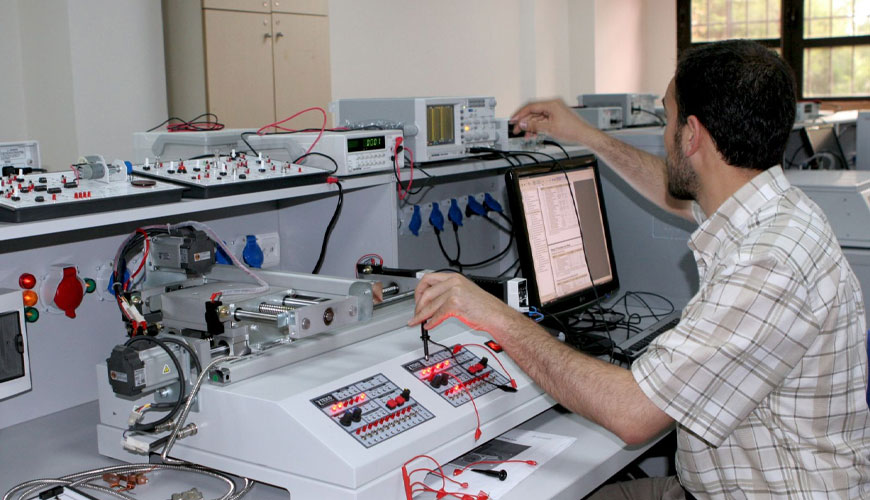

The ISO 80000 standard developed by the International Standards Organization (ISO) consists of the following subsections under the main heading of "Quantities and units":

The ISO 80000-1 standard describes general information and definitions of quantities, systems of quantities, units, symbols of quantities and units, and consistent unit systems, particularly the International System of Quantities, ISQ, and the International System of Units (SI). The principles set out in this standard are of general use in various fields of science and technology and are an introduction to the other parts of the "Quantities and units" series. Ordinal quantities and nominal specifications are beyond the scope of this standard.
In the ISO 80000-2 standard, mathematical signs and symbols to be used in natural sciences and technology are explained and their verbal equivalents and applications are given. This standard is primarily intended for use in the natural sciences and technology, but also applies to other fields where mathematics is used.
The ISO 80000-3 standard describes names, symbols, definitions and units for quantities of space and time. Where appropriate, conversion factors are also defined in this standard.
The ISO 80000-4 standard describes names, symbols, definitions and units for mechanical quantities. Where appropriate, conversion factors are also defined in this standard.
The ISO 80000-5 standard describes names, symbols, definitions and units for thermodynamic quantities. Where appropriate, conversion factors are also defined in this standard.
The ISO 80000-6 standard describes names, symbols and definitions for quantities and units of electromagnetism. Where appropriate, conversion factors are also defined in this standard. This standard has been prepared by the International Electrotechnical Commission (IEC).
The ISO 80000-7 standard describes names, symbols, definitions and units for quantities used for light and optical radiation in the wavelength range of about 1 nm to 1 mm. Where appropriate, conversion factors are also defined in this standard.
The ISO 80000-8 standard describes names, symbols, definitions and units for acoustic quantities. Where appropriate, conversion factors are also defined in this standard.
The ISO 80000-9 standard describes names, symbols, definitions and units for physical chemistry and molecular physics quantities. Where appropriate, conversion factors are also defined in this standard.
The ISO 80000-10 standard describes the names, symbols, definitions and units of quantities used in atomic and nuclear physics. Where appropriate, conversion factors are also defined in this standard.
The ISO 80000-11 standard describes names, symbols and definitions for characteristic numbers used in the definition of transport and transfer events.
The ISO 80000-12 standard describes names, symbols, definitions and units for quantities of condensed matter physics. Where appropriate, conversion factors are also defined in this standard.
The ISO 80000-13 standard describes names, symbols and definitions for quantities and units used in information science and technology. Where appropriate, conversion factors are also defined in this standard. This standard has been prepared by the International Electrotechnical Commission (IEC).
The ISO 80000-14 standard describes names, symbols and definitions for telebiometry quantities and units related to human physiology. This standard covers quantities and units for physiological, biological or behavioral characteristics that may provide input or output to telebiometric identification or verification systems (recognition systems), including known detection or safety thresholds.
It also includes quantities and units for the effects on a human being caused by the use of a telebiometric device. This standard has been prepared by the International Electrotechnical Commission (IEC).
The ISO 80000-15 standard describes general information about the logarithmic representation of quantities in short logarithmic quantities. Names and symbols for logarithmic quantities are given in the context to which they belong in other parts of this standard, particularly in the IEC 80000-13 and ISO 80000-8 standards.
This standard is in the process of being prepared by the International Electrotechnical Commission (IEC).
The ISO 80000-16 standard describes general information about printing and writing rules. This standard is in the process of being prepared by the International Electrotechnical Commission (IEC).
In the ISO 80000-17 standard, general information on time dependency is explained. This standard is in the process of being prepared by the International Electrotechnical Commission (IEC).
The ISO 80000 series of standards has replaced the “ISO 31 Quantities and units” standards.
Our organization also provides testing services for quantities and units within the scope of ISO 31 standard, with its trained and expert staff and advanced technological equipment, among the numerous test, measurement, analysis and evaluation studies it provides for businesses in various sectors.
To get an appointment, to get more detailed information or to request an evaluation, you can ask us to fill in our form and reach you.